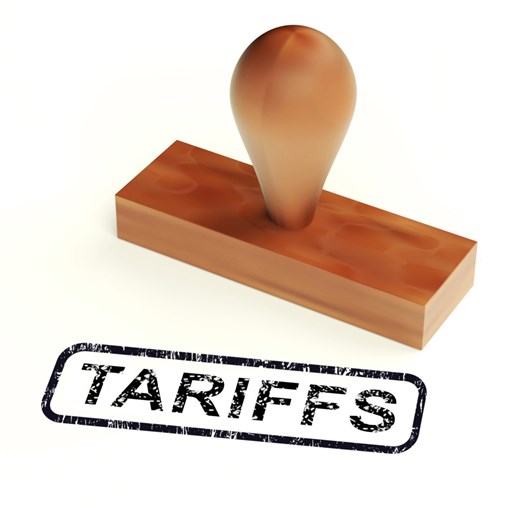According to Washington Post contributor Kathy Orton, while home builder confidence was strong at the beginning of 2018, it “fell to its lowest level in more than three years” by 2019. Many residential developers forecasted a drop in sales due to a number of market conditions, including the ongoing labor shortage, complicated zoning laws, a lack of available lots to build on, and rising material costs. While several factors are at play, an increase in the price of building materials weighs heavily on tariffs.
As new home builders attempt to meet the increasing demand for affordable housing while remaining profitable, the impact tariffs have on the construction industry can’t be ignored. Here, the construction risk management pros at PWSC outline the facts, analyze data and provide comprehensive solutions to help builders thrive in an uncertain market.
Tariffs Impact the New Home Building Industry

In July 2018, the U.S. announced a plan to impose tariffs on several Chinese imports in three stages. In David Logan’s April 2019 article for the National Association of Home Builders (NAHB), he notes that the third stage of imports (also referred to as List 3) is comprised of “5745 items, approximately 450 of which are commonly used in the residential construction industry.” In addition, “some goods used in residential construction were affected by Section 232 tariffs … imposed on certain steel and aluminum imports.”
The U.S. imports about one-third of its lumber from Canada. The tariffs levied on Canadian lumber and wood products create a significant financial burden on both residential developers and home buyers. As the cost of building homes increases as a result of tariffs on materials, builders are forced to raise their listing prices. The effect is an increase of close to $9,000 on the average price of a new home in the United States.
In a 2018 study published by the NAHB, economists examined the potential impact that the proposed 10-percent tariff on imports from List 3 would have on the new home construction industry. The 450 building materials from List 3 are valued at about $10 billion. With a 10-percent tariff on those materials, the result would be a tax increase of $1 billion on the residential building market, and 25-percent tariffs, it would be even more costly.
Most imported building materials face a 10-percent tariff, but steel is taxed at 25 percent. Some tariffs are already in place, some are set to take effect in the future, and others may or may not be imposed. Tariffs and sanctions are continually negotiated in a trade war, which creates fluctuating tax rates and uncertainty for many industries in the U.S. With the cost of building materials increasing at a faster rate than home sale prices, builders must be proactive and strategic about protecting their bottom line.
How Can New Home Builders Protect Their Bottom Line?
What can builders do to remain profitable in the midst of a trade war? While some developers may attempt to purchase home building supplies domestically, they are still more expensive than the imported steel materials with a 25-percent tariff. According to CNBC’s Diana Olick, the increased cost of construction goods is also making some homeowners reconsider home renovations and expansions.
Developers may be able to attract homeowners and entice them to move into a new build instead with updated amenities, ample square footage, customizable layouts, and comprehensive builder structural warranties. Additionally, they may be able to offset the financial impact of tariffs by adjusting some of their construction practices and day-to-day operations. Examples include embracing tech innovation to increase efficiency, bidding competitively on bulk building supplies, and protecting profit margins by offering new construction home warranties from a trusted third-party partner.
By streamlining business processes, implementing cost-reduction strategies, offering structural warranties, and employing other risk management solutions, builders can mitigate the effects of tariffs. Learn more about how the comprehensive builder products and services from Professional Warranty Service Corporation can help developers avert risks and increase sales.

